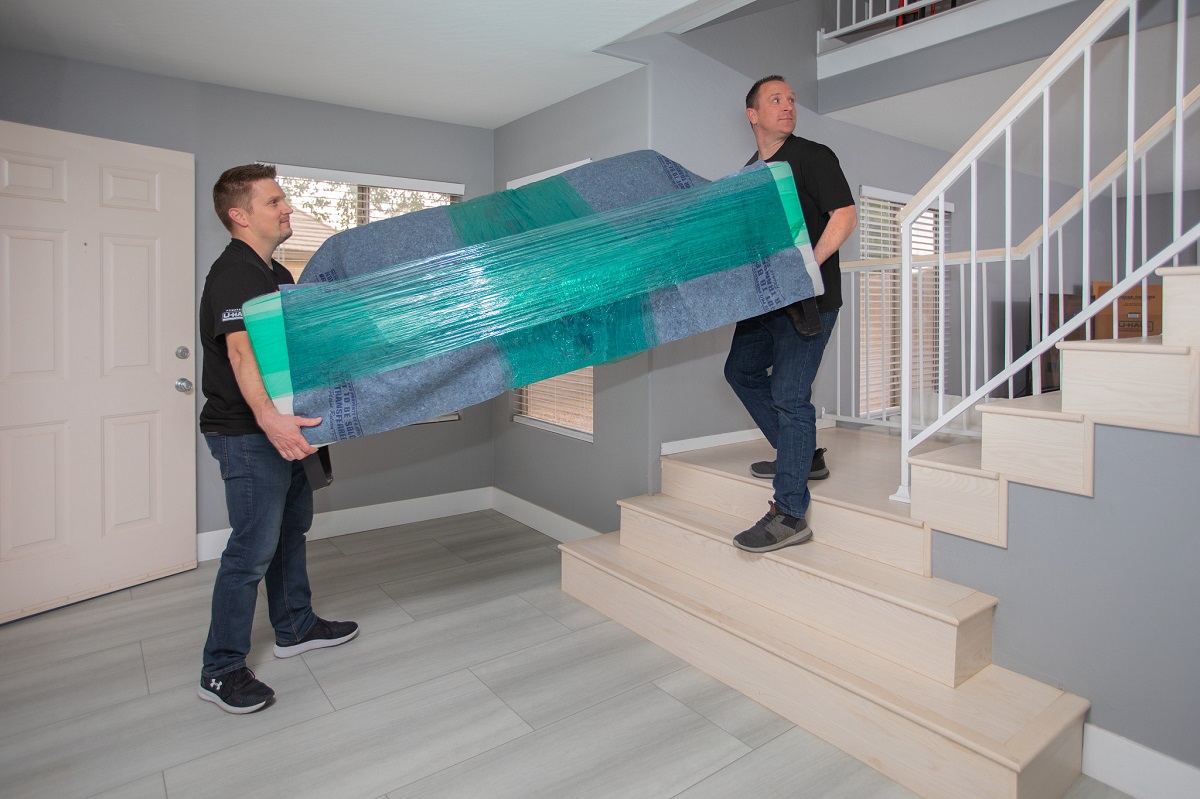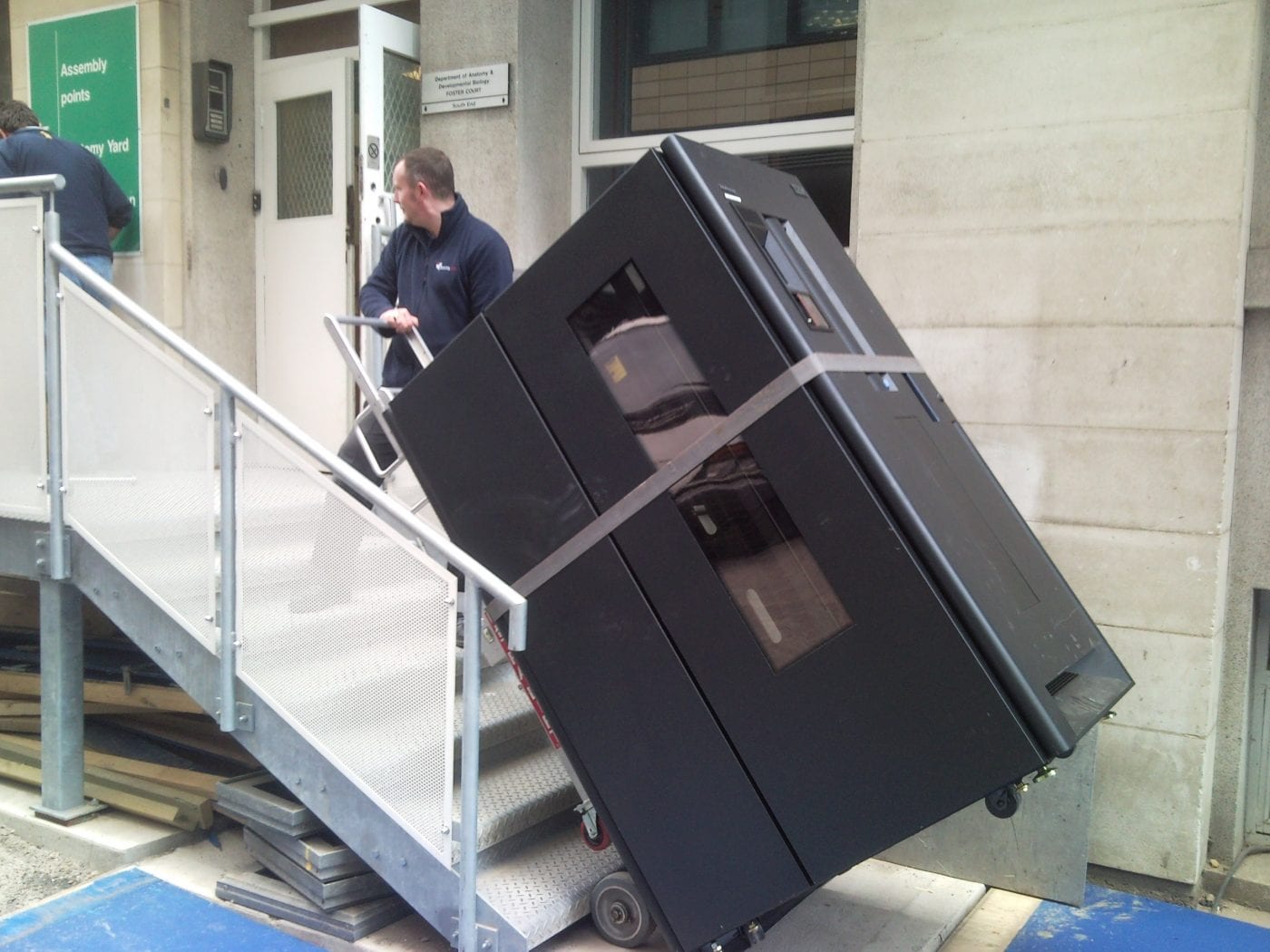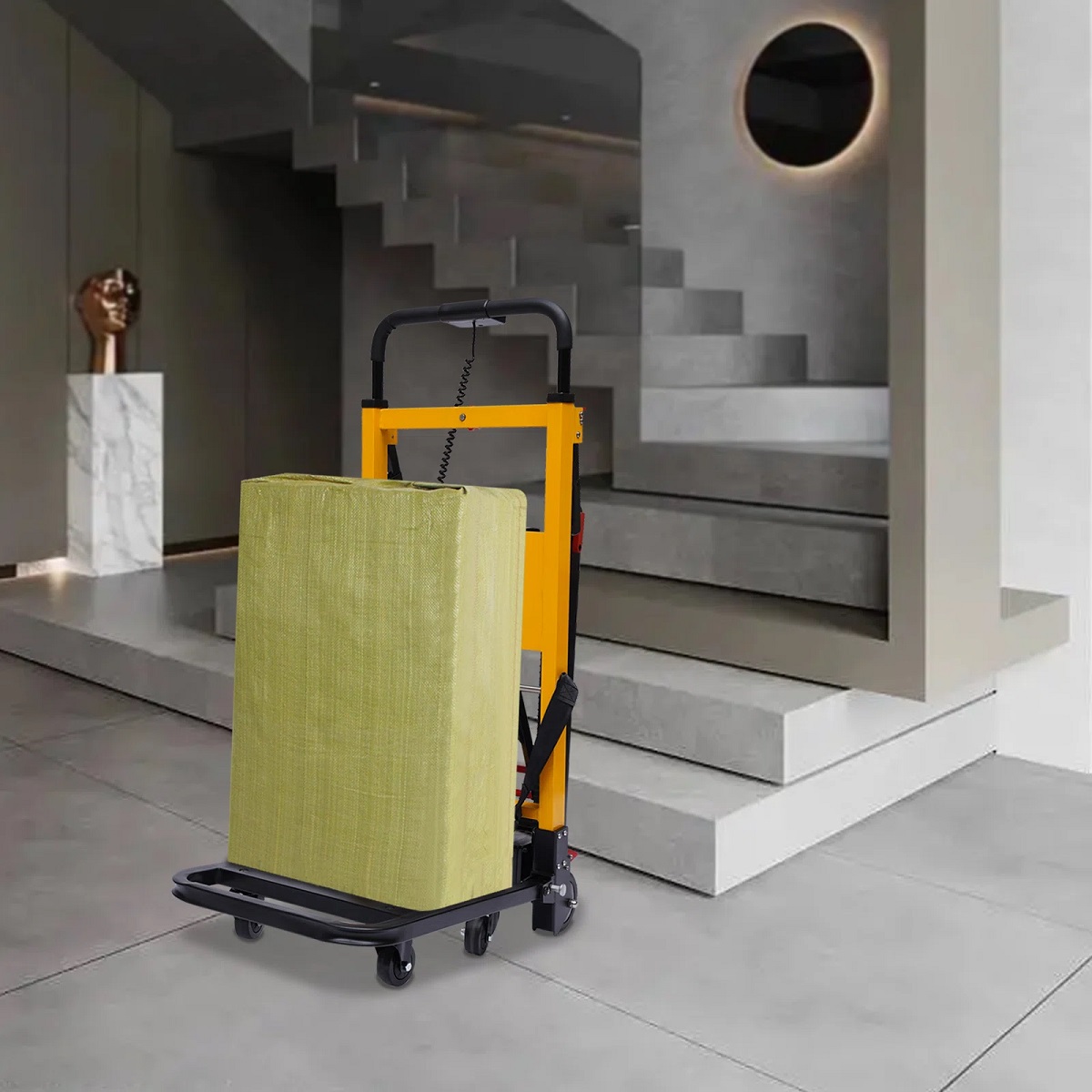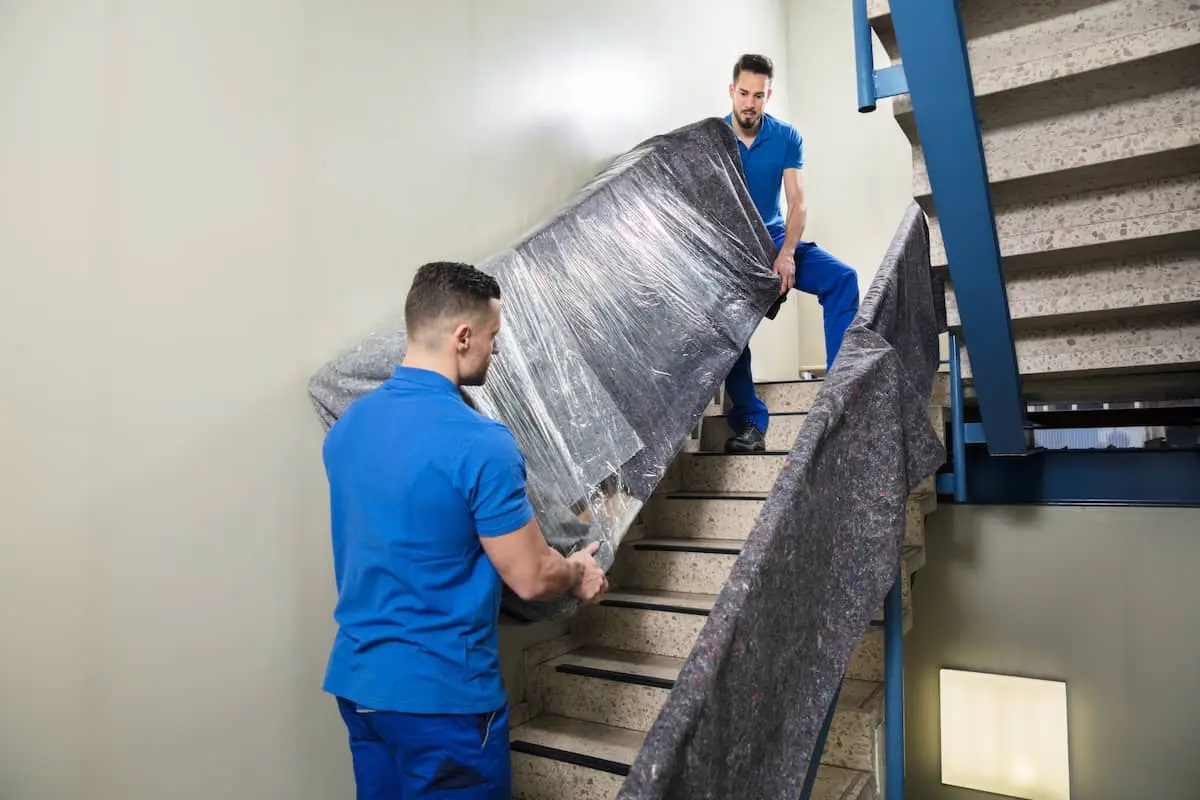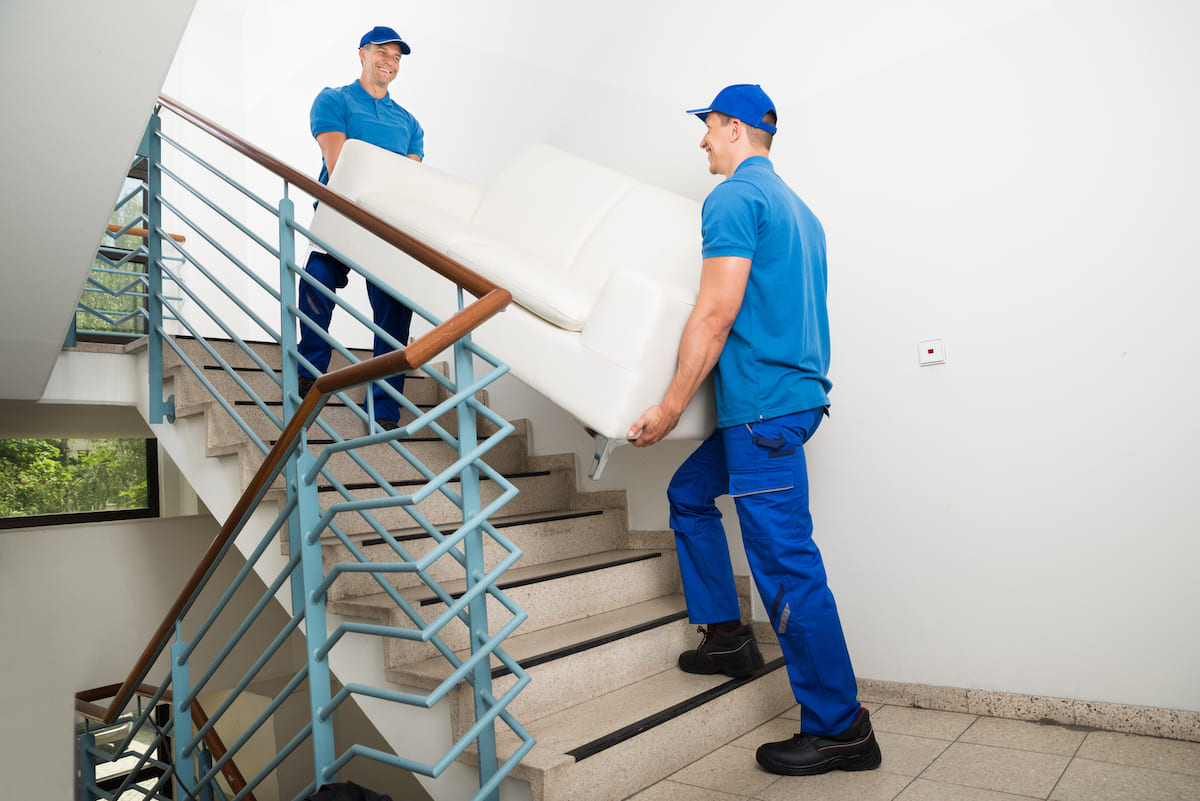Home> moving heavy items upstairs
Moving Heavy Items Upstairs: Master the Art with Our Simple Guide
Discover essential techniques for moving heavy items upstairs. From proper lifting to safety tips, conquer the challenge effectively with our expert guide.
